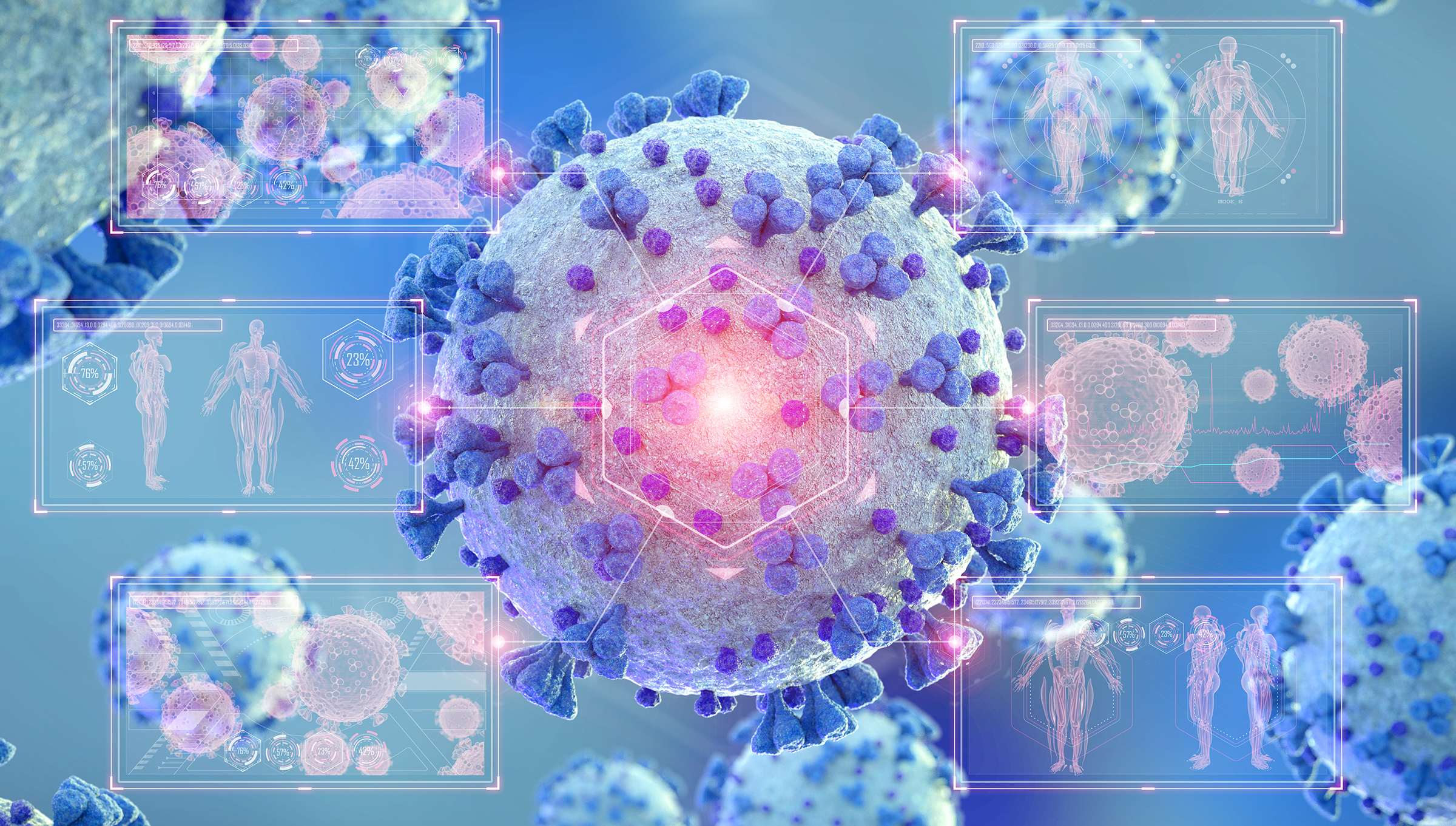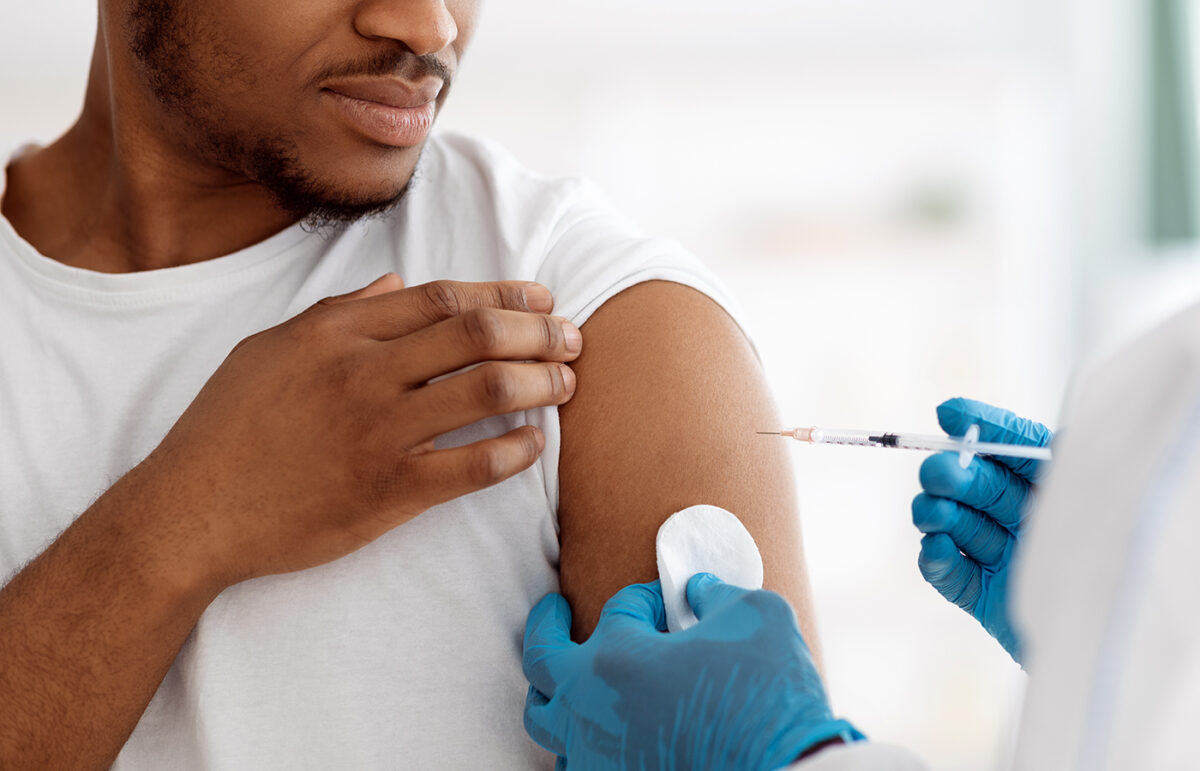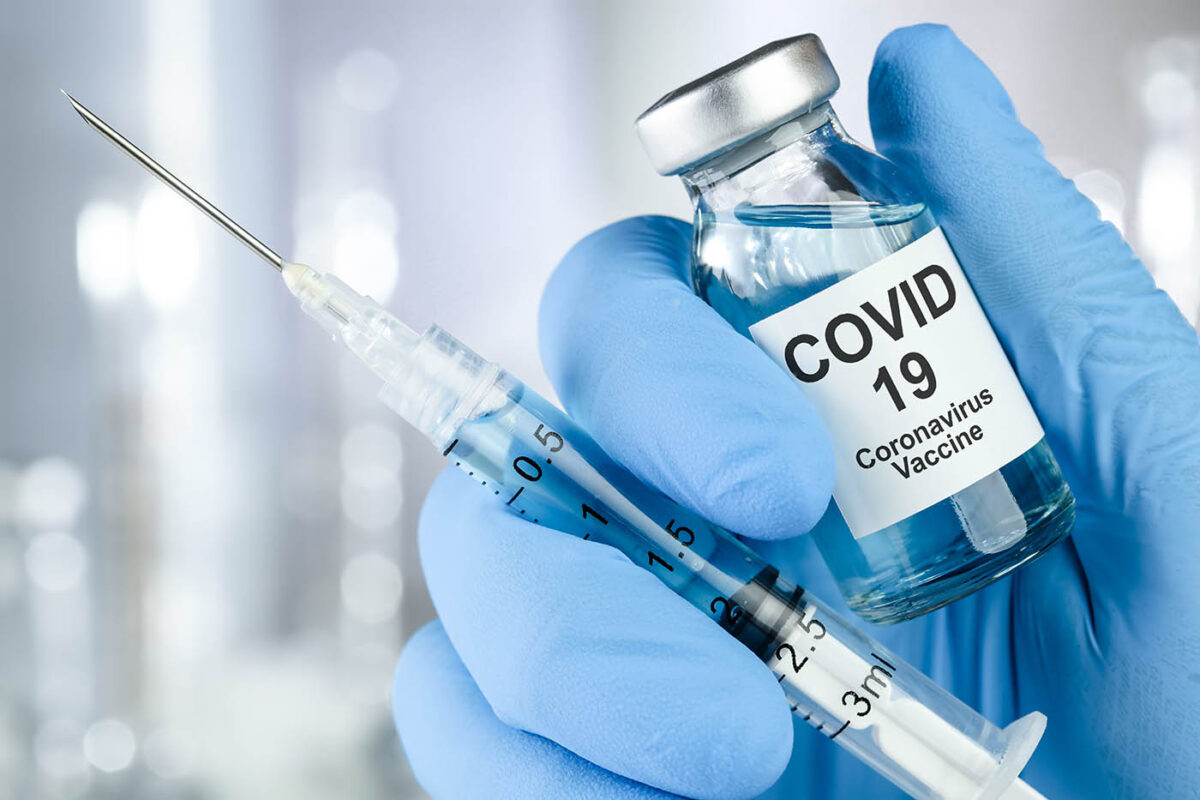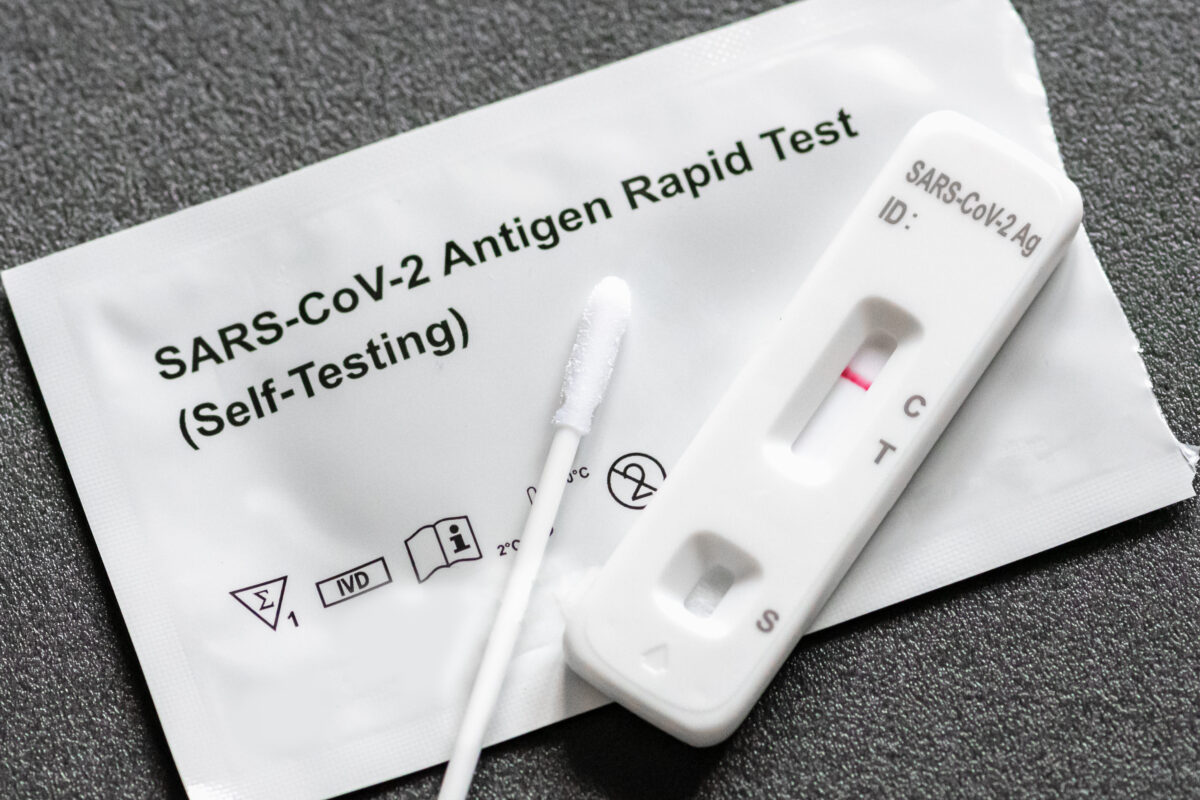
Community transmission of the coronavirus that causes COVID-19 was first detected in the United States in February 2020, with every state reporting cases by the middle of March. Over the past year, our team has documented and defined numerous terms used by public health officials in discussions about the global pandemic. Many of the terms we examined in early installments of this series have become part of the common vernacular. Terms and phrases such as quarantine, social distancing, flattening the curve, and personal protective equipment have seen regular use in everyday conversations or on social media.
In case you missed them, here are an additional 30 terms frequently used in discussions about the COVID-19 pandemic. Understanding these terms can help us all as we navigate this public health crisis together.
1. Antigen Test — Antigen tests are used to diagnose active coronavirus infections and yield results more quickly than molecular tests. However, they may have higher false negative rates. Read more.
2. Antiviral — Antivirals are a class of drugs used to treat infections caused by viruses. The antiviral remdesivir has garnered considerable attention as a treatment for COVID-19. Read more.
3. Assay — Broadly, an assay is a scientific experiment to look for the presence of a specific item, such as a virus. In the context of COVID-19, an assay detects the presence of COVID-19 in cells. Read more.
4. Asymptomatic Transmission — This term refers the transmission of a virus from an infected individual who shows no symptoms of the disease. Read more.
5. Case Fatality Rate — The case fatality rate is the proportion of persons with a particular condition, such as COVID-19, who die from that condition and is used to measure the severity of a disease. Read more.
6. Clinical Trial — A clinical trial is a type of study in which researchers test novel medications, vaccines, and other treatments to prevent, detect, or treat a disease. Read more.
7. Community Spread — Community spread, or community transmission, occurs when people become infected with an illness in a certain area, and the source of the infection is unknown. Read more.
8. Contact Tracing — Contact tracing includes identifying, assessing, and managing people who have been exposed to a contagious disease, such as COVID-19, to prevent further transmission. Read more.
9. Convalescent Plasma — This term refers to blood from people who have recovered from an illness and, as a result, have antibodies in their blood. Convalescent plasma from people who have recovered from COVID-19 has been used in experimental treatments of the disease. Read more.
10. Doubling Rate — The doubling rate represents the number of days it takes for cases, hospitalizations, or deaths related to a specific disease to double. Read more.
11, 12. Effectiveness, Efficacy — In the context of vaccines, efficacy is defined as how well a vaccine performs under the ideal conditions of a controlled trial, while effectiveness refers to how well it performs under “real-world” conditions. Read more.
13. Emergency Use Authorization — Short of full FDA approval, one pathway for emerging treatments or vaccines to become available, particularly in response to a pandemic, is through emergency use authorization. Read more.
14. Excess Deaths — Excess deaths can be simply defined as the difference between the observed number of deaths during a specific time frame and the expected number of deaths during the same period. Excess death estimates can help provide a fuller view of the impact of a pandemic than official death totals. Read more.
15. Fomite — Fomites are inanimate objects (door handles, cardboard boxes, etc.) that can become contaminated with an infectious agent and facilitate transmission to another person. Read more.
16. Herd Immunity — This term refers to the point at which enough members of a community become immune to an infectious disease, such as COVID-19, to decrease its spread. Read more.
17, 18. Molecular Tests, Serological Tests —In the context of COVID-19, a molecular test is used to determine if a person is infected with the illness caused by the virus. A serological test is used to determine if a person is currently infected or has recently recovered from the virus. Read more.
19, 20. Mutations, Variants — When a virus enters our bodies, it uses our cells to create copies of itself. As more people become infected, small copying errors occur, called mutations. As these mutations take place, new versions of the virus develop and these become known as variants. Read more.
21, 22. Reactivation, Reinfection — Reactivation occurs when a person who appears to have recovered from a virus still has small amounts of the virus within his or her body and develops new symptoms. Reinfection, on the other hand, occurs in someone who has fully recovered and later becomes infected again. Read more.
23. Reagent — A reagent is a chemical used in a reaction to detect or measure a substance of interest and is a critical part of COVID-19 testing. Read more.
24. Reproduction Number — The reproduction number ― also expressed as R0 (pronounced “R naught”) ― represents the average number of additional cases that an infected person is likely to cause during the infection period. The higher the number, the more difficult it is to control the spread of the disease. Read more.
25. Surveillance Testing — This term is used to describe efforts to monitor the current state of a pandemic by providing insight into the spread of the virus among certain geographic areas or groups of people. Read more.
26. Test Sensitivity — In medical diagnostic testing, sensitivity measures how often a test generates a positive result for people who actually have a certain condition. Read more.
27. Test Specificity — Test specificity measures a test’s ability to generate a negative result for people who do not have the condition. It is also known as the true negative rate. Read more.
28. Vector — Vectors are living organisms that can transmit infectious pathogens between humans, or from animals to humans. Examples of insect vectors are mosquitos or ticks, but children can also be effective vectors, because they are more likely to experience mild symptoms of COVID-19. Read more.
29. Ventilator — Mechanical ventilators are machines that help move air in and out of the lungs of patients. Patients with severe cases of COVID-19 may require mechanical ventilation. Read more.
30. Viral Shedding — This occurs when a virus is released from an infected host. Studying viral shedding is helpful in understanding how infectious diseases like COVID-19 spread. Read more.






